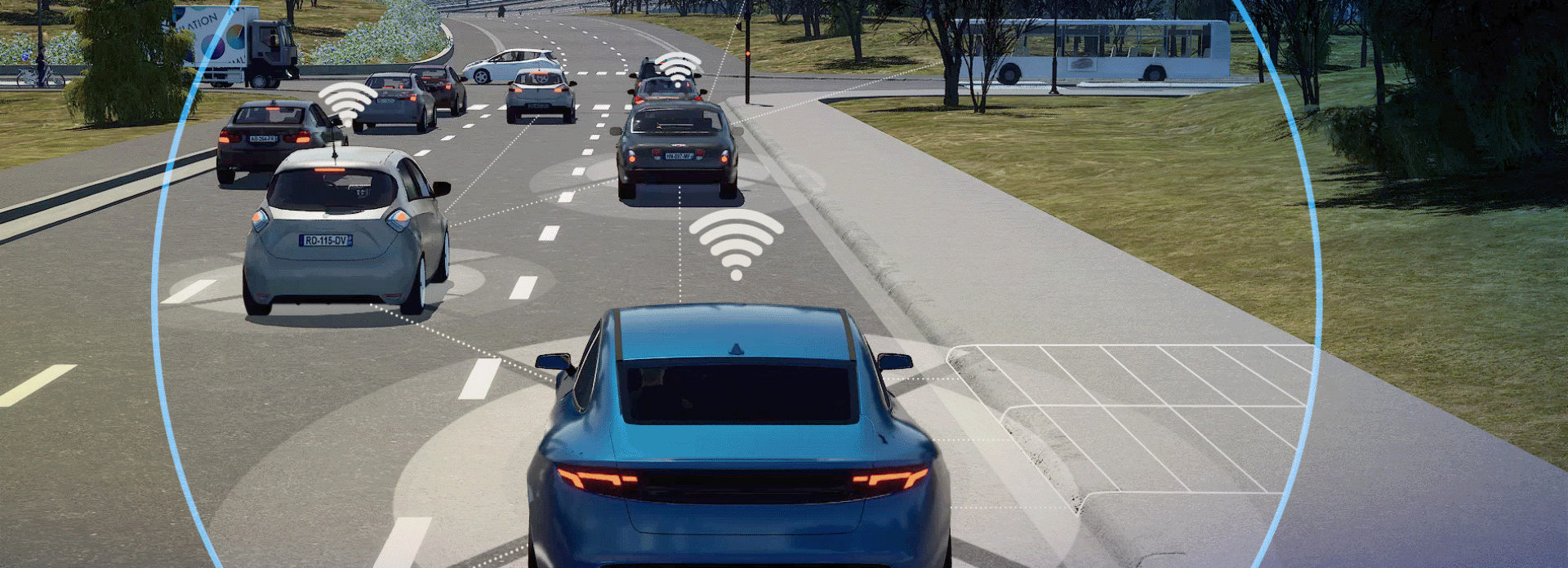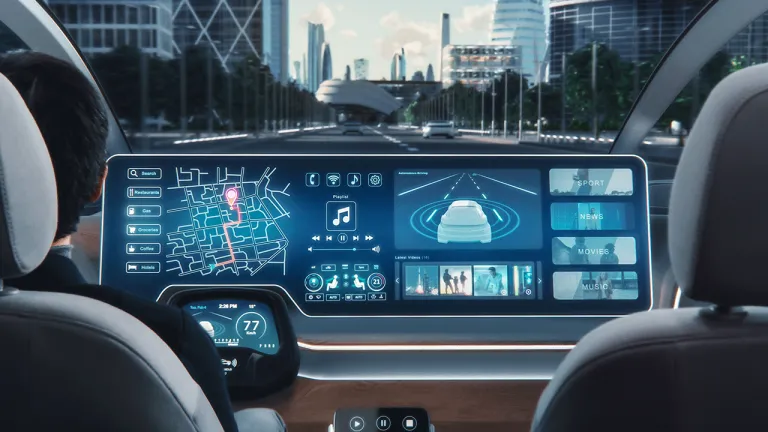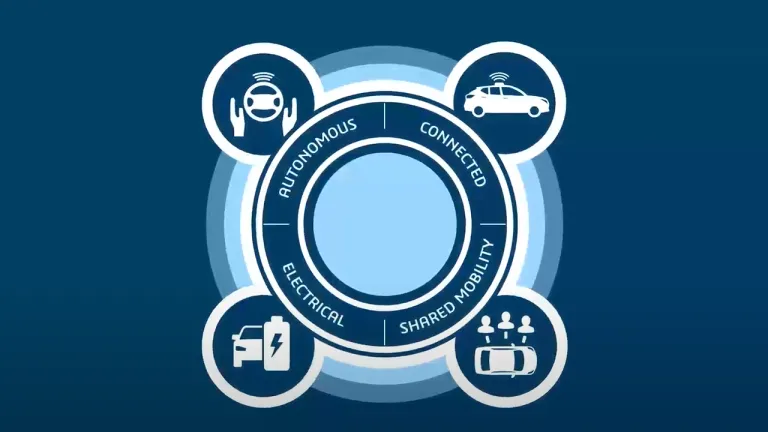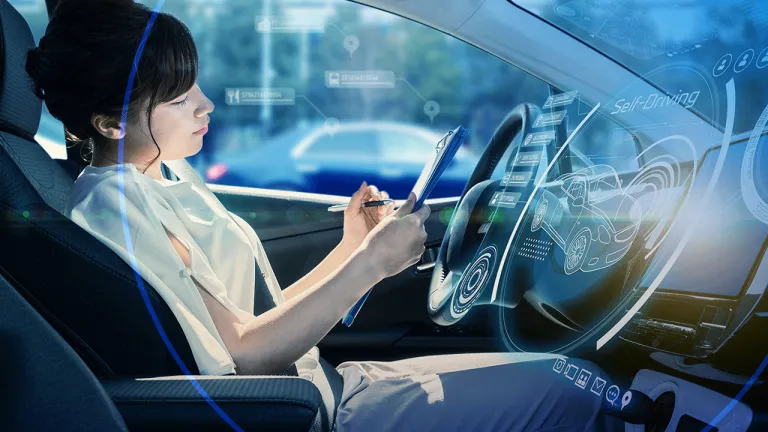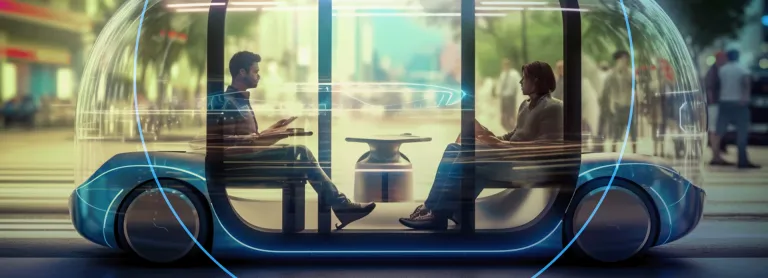From ADAS to Autonomous Driving
Virtual Twin Experience with Massive Simulation on the Cloud and Real-World Feedback Loop
What are Challenges of Advanced Driver-Assistance Systems?
Features like autonomous emergency braking, lane departure warning or traffic jam chauffeur are key to the evolution of the Software-Defined Vehicle. ADAS functions use a fusion of data from strategically placed onboard sensors to provide appropriate alerts or, in an emergency, take control of the vehicle. Extensive virtual and real-world testing is essential to ensure the system meets stringent regulations and safety standards across different markets.
Simplifying Software-Defined Vehicle Development
Efficiency is essential, but many automakers and their suppliers struggle with multiple appropriate tools and system discontinuity. They need tools covering the entire ADAS lifecycle to streamline development, accelerate time to market, and reduce costs for systems engineering, simulation, verification, and validation activities. To overcome these challenges, car-makers must minimize physical testing and ensure end-to-end traceability across system, hardware, E/E, and software development layers. A Model-Based Systems Engineering (MBSE) approach, integrating a robust Verification and validation (V&V) strategy with massive cloud-based simulation, helps simplify the development of complex Software-Defined Vehicle systems.
Accelerate ADAS-AD Development with CATIA SCANeR
Benefit from Massive Simulation on the Cloud and a Real-World Feedback Loop. Versatile operability allows testing in various loops, ensuring comprehensive coverage. Evolve with the ADAS-AD Digital Continuity Platform, enabling detailed vehicle modeling and rapid virtual testing. Experience an end-to-end solution with real data capture and simulation for validation. The ADAS-AD Digital Continuity and Collaboration Platform allows manufacturers and suppliers to create detailed models of the vehicles and rapidly test them in multiple virtual scenarios. This end-to-end portfolio provides a common working environment for everyone in the ADAS lifecycle. It delivers an ADAS Virtual Twin experience using real data capture and simulation for test and validation.
Start Your Journey
The world of Software Defined Experiences is changing. Discover how to stay a step ahead with CATIA
FAQ about ADAS Technology & Automotive
Also Discover
Learn What CATIA Can Do for You
Speak with a CATIA expert to learn how our solutions enable seamless collaboration and sustainable innovation at organizations of every size.
Get Started
Courses and classes are available for students, academia, professionals and companies. Find the right CATIA training for you.
Get Help
Find information on software & hardware certification, software downloads, user documentation, support contact and services offering
